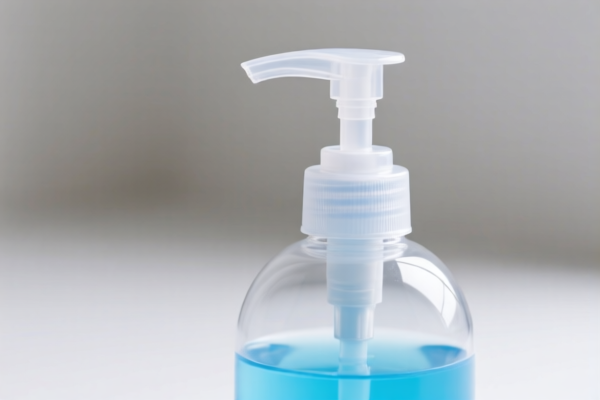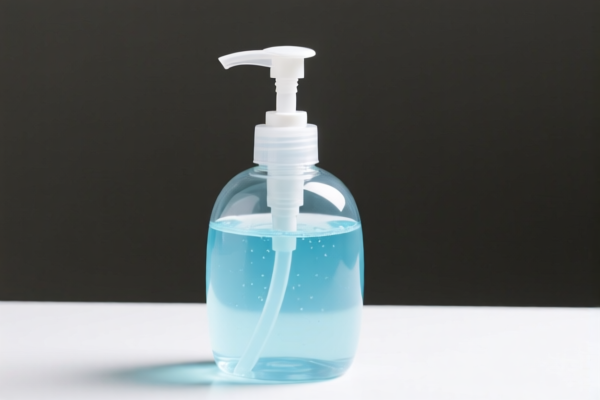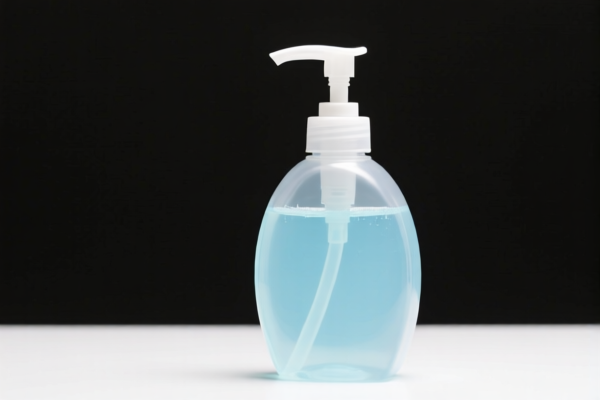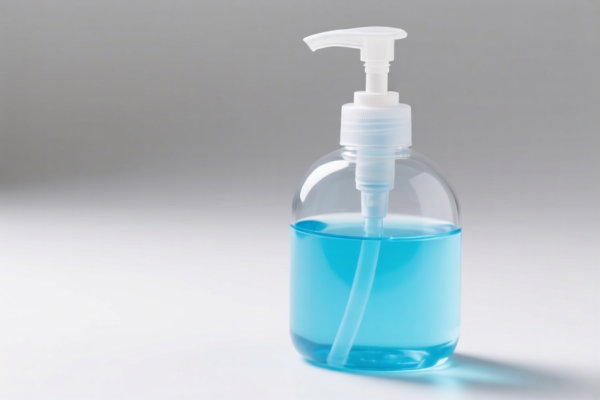| HS Code | Official Doc | Tariff Rate | Origin | Destination | Effective Date |
|---|---|---|---|---|---|
| 3307410000 | Doc | 57.4% | CN | US | 2025-05-12 |
| 3307490000 | Doc | 61.0% | CN | US | 2025-05-12 |
| 3302901050 | Doc | 55.0% | CN | US | 2025-05-12 |
| 3302902050 | Doc | 55.0% | CN | US | 2025-05-12 |
| 9616100000 | Doc | 37.5% | CN | US | 2025-05-12 |
| 9616200000 | Doc | 34.3% | CN | US | 2025-05-12 |




Scent Dispenser
A scent dispenser is a device designed to release fragrances into the surrounding environment. These devices are employed across a broad spectrum of applications, ranging from personal spaces to large commercial areas, to create desired atmospheres and enhance experiences through olfactory stimulation.
Materials
Scent dispensers are constructed from a variety of materials, chosen based on cost, intended usage, and aesthetic requirements. Common materials include:
- Plastic: Frequently used for disposable or low-cost units, often polypropylene or ABS plastic.
- Metal: Aluminum, stainless steel, or brass are employed for durability and a more premium appearance, particularly in commercial settings.
- Glass: Used for decorative elements or fragrance reservoirs in higher-end models.
- Electronic Components: Microprocessors, fans, pumps, and batteries are integral to electronic dispensers.
Purpose
The primary purpose of a scent dispenser is to deliver fragrance. This can serve several secondary purposes:
- Odor Control: Neutralizing unpleasant smells in restrooms, lobbies, or healthcare facilities.
- Atmosphere Enhancement: Creating welcoming, relaxing, invigorating, or stimulating environments.
- Branding: Establishing a signature scent for retail spaces, hotels, or casinos.
- Aromatherapy: Dispersing essential oils for therapeutic benefits.
- Air Freshening: General improvement of air quality perception.
Function
Scent dispensers operate using various mechanisms to release fragrance:
- Passive Diffusion: Utilizing natural evaporation, often with absorbent materials like reeds or porous stones. Requires no power.
- Heat-Based Diffusion: Employing heat to vaporize fragrance oils.
- Fan-Based Diffusion: Using a fan to circulate fragrance dispersed from a cartridge or reservoir.
- Ultrasonic Diffusion: Utilizing ultrasonic vibrations to break down fragrance oils into a fine mist.
- Pump-Based Diffusion: Employing a pump to aerosolize fragrance oils and release them into the air. Often programmable for timed release.
Usage Scenarios
Scent dispensers are utilized in a wide range of environments:
- Residential: Homes, apartments, bathrooms, bedrooms.
- Commercial: Retail stores, hotels, casinos, offices, healthcare facilities, gyms, spas.
- Automotive: Cars, trucks, and other vehicles.
- Industrial: Masking odors in manufacturing plants or waste treatment facilities.
- Public Spaces: Restrooms, lobbies, hallways.
Common Types
- Reed Diffusers: Simple, passive devices using reeds to draw fragrance oil from a bottle.
- Aerosol Sprays: Manual or automatic sprays that release fragrance in a burst.
- Plug-in Diffusers: Electric devices that heat fragrance oils to release scent.
- Ultrasonic Diffusers: Utilize water and essential oils to create a fragrant mist.
- HVAC Diffusers: Integrated into heating, ventilation, and air conditioning systems for whole-room scenting.
- Automatic Spray Dispensers: Programmable dispensers that release fragrance at timed intervals.
- Pump Diffusers: Utilize a pump to aerosolize fragrance, often with adjustable intensity settings.
- Central Scent Diffusion Systems: Large-scale systems for scenting entire buildings.
Based on the provided information, “scent dispenser” can be classified under the following HS codes:
-
9616100000: Scent sprayers and similar toilet sprayers, and mounts and heads therefor. This HS code specifically covers scent sprayers and related components used for dispensing fragrances or toilet preparations.
- 96: Miscellaneous manufactured articles.
- 16: Articles of travel, articles of personal hygiene, toilet preparations, etc.
- 10: Scent sprayers and similar toilet sprayers, and mounts and heads therefor.
-
9616200000: Powder puffs and pads for the application of cosmetics or toilet preparations. While primarily for powder, this code could apply if the dispenser utilizes pads or puffs for fragrance application.
- 96: Miscellaneous manufactured articles.
- 16: Articles of travel, articles of personal hygiene, toilet preparations, etc.
- 20: Powder puffs and pads for the application of cosmetics or toilet preparations.
Regarding HS code 9616100000, the applicable tax rate is 0.0% basic tariff, 7.5% additional tariff, and will increase to 30% additional tariff after April 2, 2025, resulting in a total tariff of 37.5%.
Regarding HS code 9616200000, the applicable tax rate is 4.3% basic tariff, 0.0% additional tariff, and will increase to 30% additional tariff after April 2, 2025, resulting in a total tariff of 34.3%.
Customer Reviews
No reviews yet.